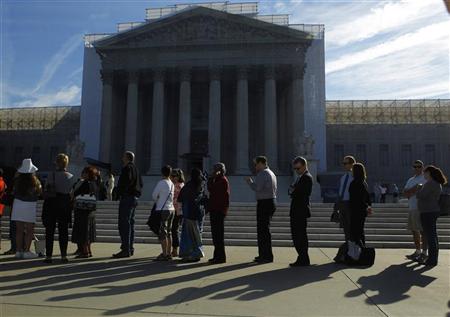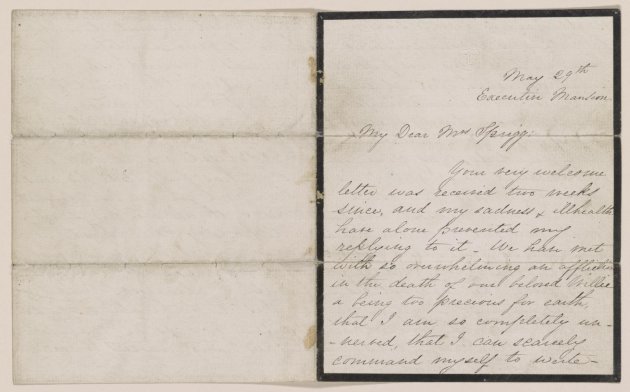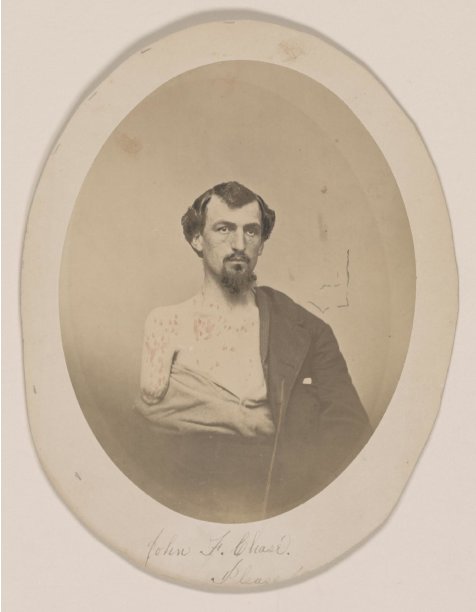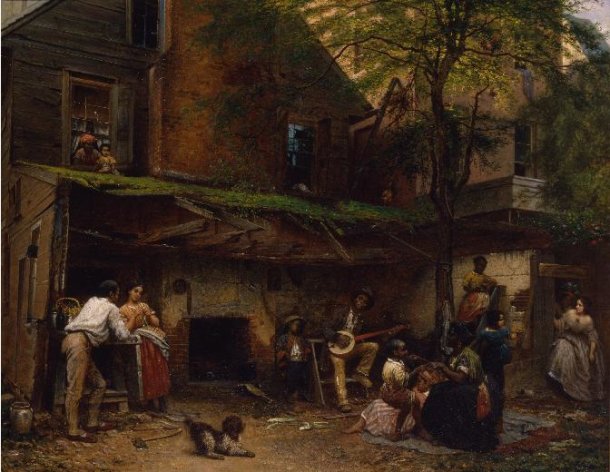The Supreme Court on Monday will hear arguments in a case that could determine when a company is liable for harassment by its employees.
The case turns on the definition of a single word - "supervisor" - under a federal civil rights law that prohibits racial, religious or sexual harassment in the workplace.
Under previous Supreme Court
rulings, an employer is automatically responsible if a supervisor
harasses a subordinate. The employer is not liable if the harassment is
between two equal coworkers, unless it was negligent in allowing the
abuse.
Since those rulings, a rift has developed between
federal appeals courts over exactly who is a supervisor. On one side,
three circuits say supervisors are those with the power to hire, fire,
demote, promote or discipline. Three other circuits have adopted a
broader standard, one that also includes employees who direct and
oversee a colleague's daily work.
In the current case, Maetta Vance was the sole black catering worker at Ball State University
in Muncie, Indiana. After filing numerous complaints with the
university over racially charged incidents at work, she sued the
university in federal court in 2006. She claimed that several white
coworkers used racial epithets, references to the Ku Klux Klan and
veiled physical threats against her.
In trying to hold Ball State liable, Vance's lawyers
argued that one coworker, Saundra Davis, was a supervisor because she
had the power to direct her day-to-day activities. Davis did not have to
record her time, like other hourly employees, Vance argued. But the
district court dismissed the case before a trial, finding Davis lacked
sufficient authority over Vance. It also found that Ball State had taken
corrective action and had not acted negligently.
The 7th U.S. Circuit Court of Appeals, in Chicago,
reached the same conclusion, reasoning that Davis did not have the power
to change Vance's employment status, and therefore the university was
not liable for Davis's conduct.
Vance petitioned the Supreme Court.
Before deciding
whether to hear the case, the Supreme Court asked the Justice Department
for the government's position, as it does in some cases. U.S. Solicitor
General Donald Verrilli agreed with Vance that the 7th Circuit's narrow
interpretation was wrong, but also argued that this wasn't the best
case to decide the issue, given what it saw as weak facts that Davis was
Vance's supervisor. Vance presented no evidence of tasks or
instructions Davis gave her and even said she was uncertain whether
Davis was her supervisor, the government's brief said.
The Supreme Court accepted the case anyway.
Ball State has made the same argument as the
government. Davis "would fail to qualify as Ms. Vance's supervisor even
under the broader interpretation of that term applied by certain courts
of appeals," university spokesman Tony Proudfoot said in an email,
citing the Solicitor General's brief.
But Daniel Ortiz, a lawyer for Vance, said that under
the broader standard there is evidence Davis was a supervisor.
Davis, who Vance believed was her supervisor, "taunted
her with racial epithets, slapped her at one point and made her life a
living hell," Ortiz said.
Business groups, including the U.S. Chamber of Commerce
and the National Federation of Independent Business, have filed briefs
supporting the narrow definition of supervisor used by the 7th, 1st and
8th Circuits.
Adopting the narrower definition allows employers to
easily identify employees who would trigger automatic liability so they
can be screened, trained and monitored, the business groups argue.
The open-ended definition, used by the 2nd, 4th and 9th
Circuits, offers little guidance or incentive to undertake prevention
efforts, the U.S. Chamber said in its brief.
Camille Olson, a
lawyer at Seyfarth Shaw who represents companies, said if the Supreme
Court adopts the more expansive definition, employers will be
potentially liable for the conduct of a much larger pool of employees.
"The expanded
definition of whose conduct binds the employer will significantly
increase litigation for employers," said Olson, who is not involved in
the latest case. Employees may also have less incentive to report
harassment promptly and to get any immediate issues fixed, opting
instead for litigation, she said.
The broad
definition of supervisor would also conflict with a narrower one used in
the Fair Labor Standards Act and National Labor Relations Act, creating
confusion, she added.
On the other side,
plaintiffs' lawyers say the stricter standard ignores the practical
reality of the workplace and allows discrimination and harassment to go
unpunished.
"The ones most
likely to engage in harassment are the ones who deal with their
coworkers day-to-day but may not have the special power to hire, fire,
promote or demote," said Matthew Koski, an attorney with the National
Employment Lawyers Association, a group for lawyers who represent
workers.
Supervisors who make final employment decisions may be in a different office or a different state, he said.
The case is Vance v. Ball State University, U.S. Supreme Court, No. 11-556.









 You've
heard how drunken people survive horrific accidents that should've killed
them. But it's not just folk belief - scientists revealed that the higher
the blood-alcohol level, the higher the chance of survival after a serious
injury:
You've
heard how drunken people survive horrific accidents that should've killed
them. But it's not just folk belief - scientists revealed that the higher
the blood-alcohol level, the higher the chance of survival after a serious
injury: Various
methods of treatment involve being "reborn," but don't you have
to die first to be born again? Perhaps this will help: a psychotherapy in
Shenyang, China, simulates death for patients by putting them in a coffin
inside a "death experience room":
Various
methods of treatment involve being "reborn," but don't you have
to die first to be born again? Perhaps this will help: a psychotherapy in
Shenyang, China, simulates death for patients by putting them in a coffin
inside a "death experience room":















 More
than a hundred years after Germany's "last wolf" was shot and
killed by hunters, naturalists in Berlin have reasons to rejoice: they
have sighted a pack of wild wolves and cubs just outside Berlin.
More
than a hundred years after Germany's "last wolf" was shot and
killed by hunters, naturalists in Berlin have reasons to rejoice: they
have sighted a pack of wild wolves and cubs just outside Berlin.